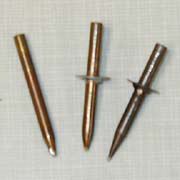 |
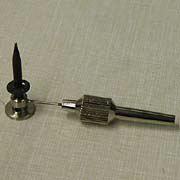 |
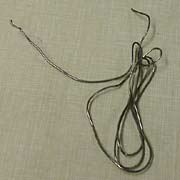 |
 |
| Mounting
pins |
Pin
in steel base + key |
Solder |
Butane
torch |
The steps are as follows:
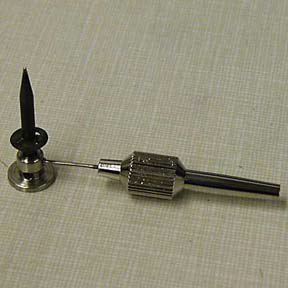 |
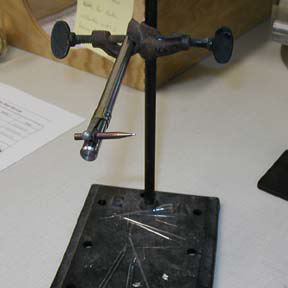 |
| i) Remove
pin from steel base. |
ii) Place
copper pin in clamp. |
 |
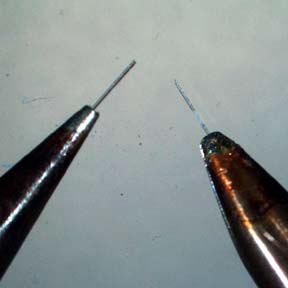 |
| iii) Gently
heat the fat end of the pin. |
iv) Push
glass fibre in narrow end to ~2mm. |
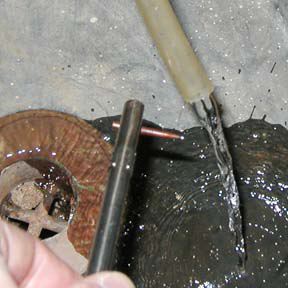 |
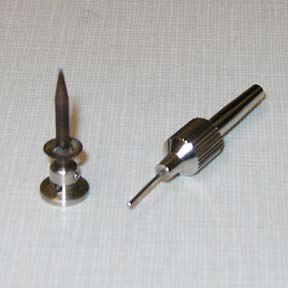 |
| v) Quench
the pin under tap water. |
vi) Replace
the steel base - not too tight. |
Always make mounting pins the same size. This way you will have fewer adjustments to make and therefore less stuff to remember. When you always use a uniform set of tools, the manipulations become automatic and you do not have to worry about them.
Go on to Kappa_Help section 5
Go back to Kappa_Help section 3
Go back to the Kappa_Help menu
Return to the main Tutorials page or to the main X-Ray Lab page